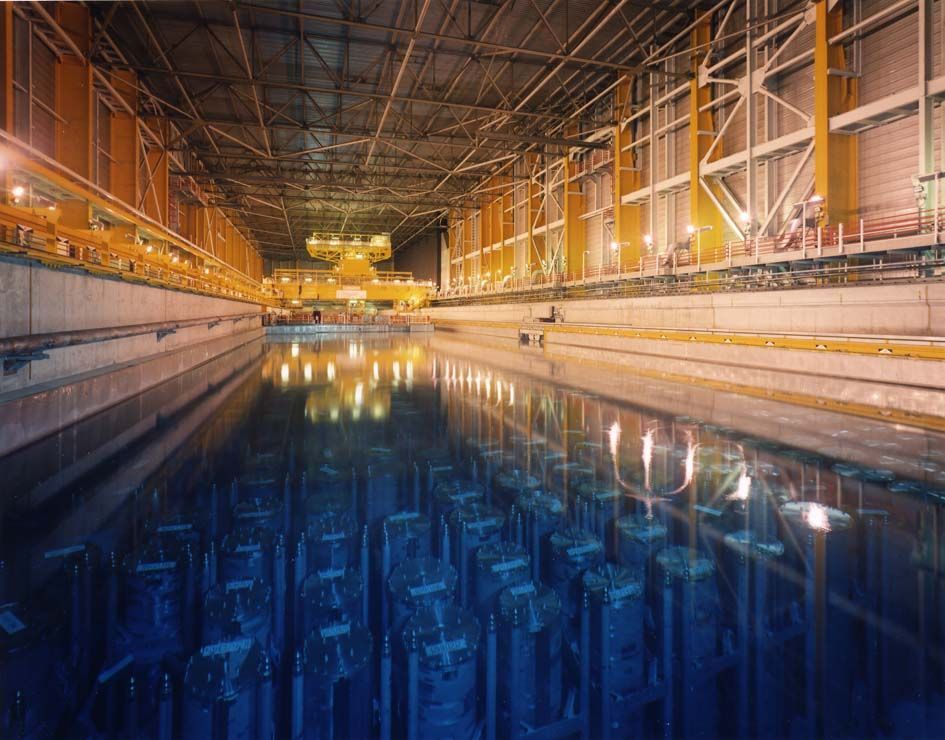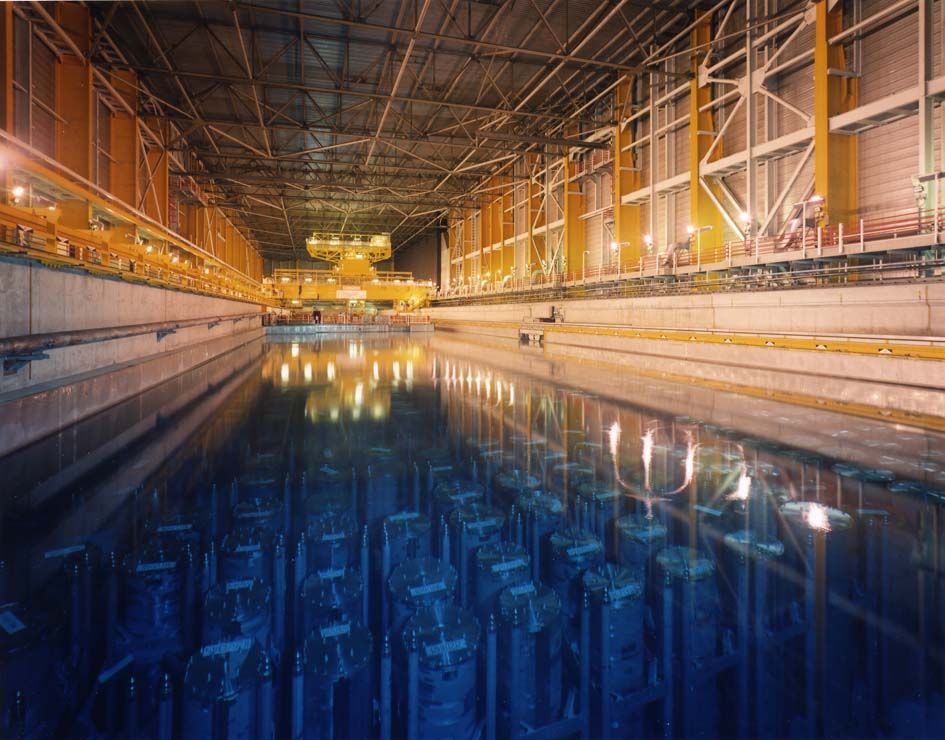The Thermal Oxide Reprocessing Plant (THORP) at Sellafield was responsible for reprocessing the spent fuel from nuclear reactors to create new fuels for re-use. Reprocessing operations ceased in 2018 and the role of THORP changed form fuel reprocessing to interim spent fuel storage.
The THORP Receipt and Storage Pond (TR&S) is now responsible for the safe interim storage of the UK’s spent nuclear fuel, prior to the development of a long-term storage solution. Following the transition from reprocessing to storage, the operation and management of TR&S has changed to account for the requirement to store spent fuel for ~100years. The health and control of the pond, within certain limits, is essential for supporting the long-term safety case and to ensure the spent fuel can be safely and reliability stored for decades. This has meant adjustments to the pond water chemistry and the introduction of closer monitoring to track changes in pond water temperature and analyte concentration.
This operational transition has presented the opportunity to make better use of TR&S data to drive a more informed and automated asset management strategy. Ada Mode worked with THORP engineers to develop an AI powered intelligent asset management system proof-of-concept that automated the analysis of TR&S chemistry data, and other operational data, to provide insights into pond health and to support decision making on pond and plant management.
The new system aggregated data from disparate databases and automated the analysis through time-series machine learning techniques. A dashboard was created to present the insights to THORP engineers in a user-friendly way. Ada Mode also introduced a self-organising map which shows the relative position of current pond health to an ‘unhealthy’ or ‘healthy’ state. This allows operators to closely monitor changes in that status of pond condition and intervene prior to entering an unhealthy or previously unseen state.
The system enabled engineers to analyse pond health from a much larger data set than had previously been possible. This enabled much deeper insight into pond condition and uncovered hidden relationships between pond operations and trends in key metrics. The system also significantly reduced the time spent on manumatic data analysis allowing engineers to focus more time on higher value tasks.



